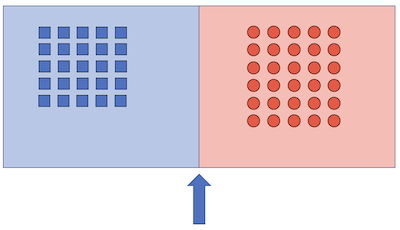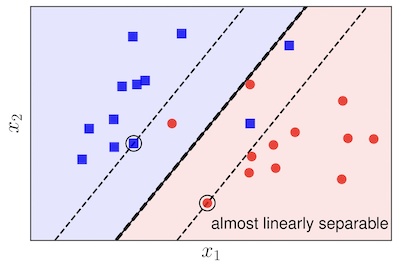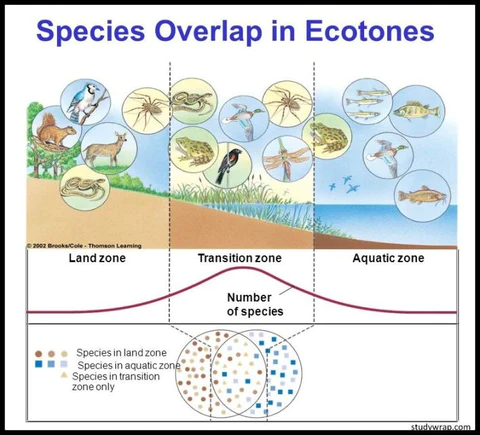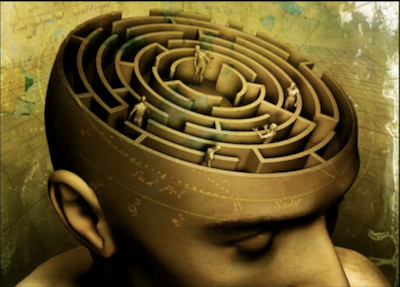TL;DR
Whom am I speaking to? Who is this going to help?
My Practical Experience
My Mind Dump.
This post will not make much sense, and that’s okay.

We often view things in duality: right versus wrong, left versus right, light versus dark, cold versus warm, etc.
But upon closer inspection, we may consider the boundary itself to be part of the “sides”; the same way we claim that a coin has three sides: heads, tails, and edge.
The above post illustrates the theoretical ideal–that there is no boundary worthwhile, and that the distinction between the two sides is clear. Yet, as we know in reality, such distinction is rarely the case.

Often, reality and nature are messy, things mix, and the boundary is quite fuzzy. In fact, Leonardo Da Vinci is known for styling his paintings without the use of clearly defined boundaries, as he observed in nature that such realities are mere theoretical ideals.
The reality is, much activity exists in this boundary zone; to the point where I postulate that it is the source of all that is new and creative.

Just look at nature. The boundary between two ecosystems, (the Ecotone) contains the MOST biodiversity.
In regard to the space between thoughts
The space in between thoughts, often referred to as the “gap” or “space of awareness,” is a concept often explored in meditation and mindfulness practices.
It’s the state of quiet and stillness that can be experienced between one thought and the next. This is a state of consciousness where the mind is not actively engaged in thinking, analyzing, or processing information.
In this space, some people report experiencing a sense of clarity, calmness, and presence. It’s often described as a moment of pure awareness, where you’re not caught up in the usual stream of thoughts and mental chatter. Instead, you’re simply observing the contents of your consciousness without judgment or attachment.
In mindfulness meditation, practitioners are encouraged to observe their thoughts without getting carried away by them. The idea is to create a mental space where you can become more aware of the nature of thoughts, emotions, and sensations as they arise and pass away.However, this state can vary from person to person and even from one meditation session to another. Some individuals might find it easier to access this gap, while others might struggle due to the constant stream of thoughts that their mind generates.
It’s important to note that the concept of the “space in between thoughts” is often discussed in spiritual, philosophical, and meditative contexts, and interpretations can vary. It’s also worth acknowledging that scientific understanding of the mind and consciousness is still evolving, so discussions about the nature of this space can include a range of perspectives.
